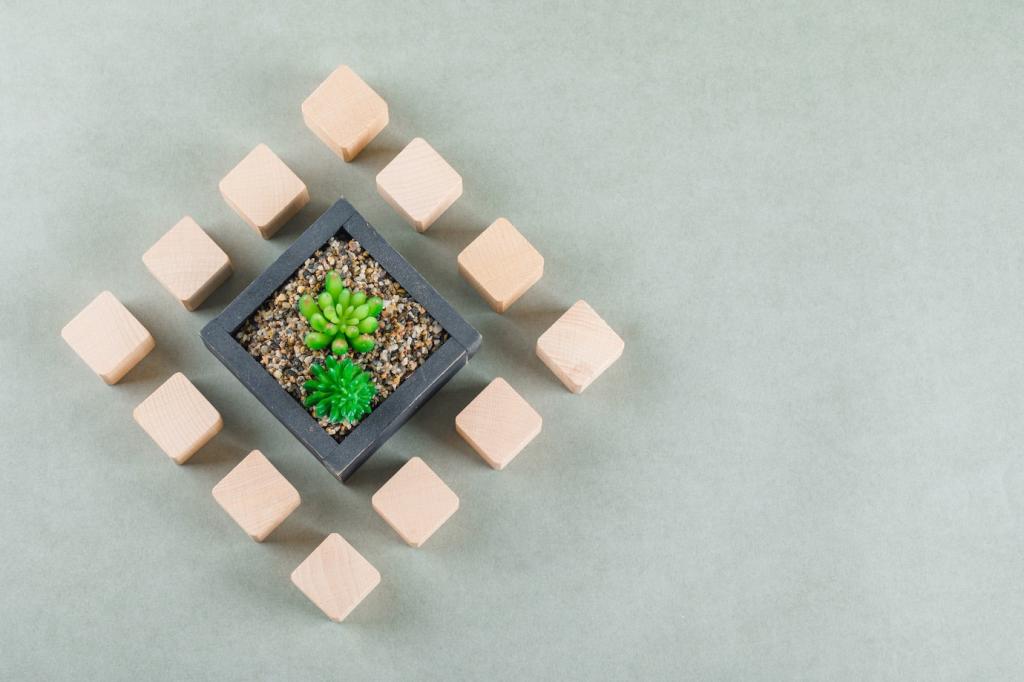Circular Economy Principles in Furniture Design
Circular economy principles are revolutionizing the way furniture is designed, produced, and consumed. By rethinking traditional linear models of manufacturing and embracing sustainable, regenerative solutions, the furniture industry can significantly reduce its environmental footprint. This approach focuses on designing out waste, extending product lifecycles, and regenerating natural systems. Understanding how circular economy concepts apply to furniture design is essential in building a future where style, functionality, and responsibility go hand in hand.

Previous
Next
Rethinking Materials in Furniture Design
Selecting renewable, non-toxic, and responsibly sourced materials is key for furniture designers who want to embrace circular principles. Sustainable materials such as FSC-certified wood, bamboo, and biodegradable textiles lessen the environmental impact associated with extraction and processing. Designers also consider material durability, ensuring that products maintain their appeal and performance over time. This approach not only reduces the demand for virgin resources but also offers consumers healthier, more eco-friendly options. Thoughtful material choices pave the way for furniture that is beautiful, functional, and aligned with the values of a circular economy.

Emphasizing Timeless Aesthetics
Designing furniture that outlasts trends is crucial for promoting longevity. Timeless aesthetics—through classic proportions, neutral palettes, and enduring materials—ensure that pieces remain desirable for generations. By resisting the urge to create fast-fashion furnishings, designers reduce the likelihood that items will be discarded prematurely due to changing styles. This approach fosters deeper emotional connections between users and their furniture, encouraging them to cherish and maintain their pieces over time, rather than replacing them at the first sign of wear.

Enhancing Repairability and Modularity
Future-focused furniture designers prioritize construction techniques and assembly methods that allow for straightforward maintenance, repairs, and upgrades. From easily replaceable components to modular systems that adapt to evolving needs, these strategies ensure furnishings can grow or change alongside their owners. Encouraging repair extends product lifespans, delays obsolescence, and reduces resource consumption. By embracing modularity and repairability, furniture makers empower users to take part in the circular economy and foster greater product stewardship.
Business Models Supporting Circular Furniture

The product-as-a-service model is transforming the furniture industry by changing the traditional paradigm from ownership to access. Customers subscribe to or lease furniture, enjoying high-quality designs without long-term commitment. At the end of the rental period, items are returned to the provider, who is responsible for maintenance, refurbishment, or recycling. This system aligns economic incentives with circular outcomes, motivating manufacturers to create durable, repairable pieces. It also makes it easier for businesses to manage the lifecycle of their products, reducing waste and promoting resource efficiency.
